How Pokemon Go is adapting to a world upended by the pandemic
A recent event focusing on the Ultra Beasts of Pokemon Sun and Moon hints at a new focus on community experiences in the shadow of COVID
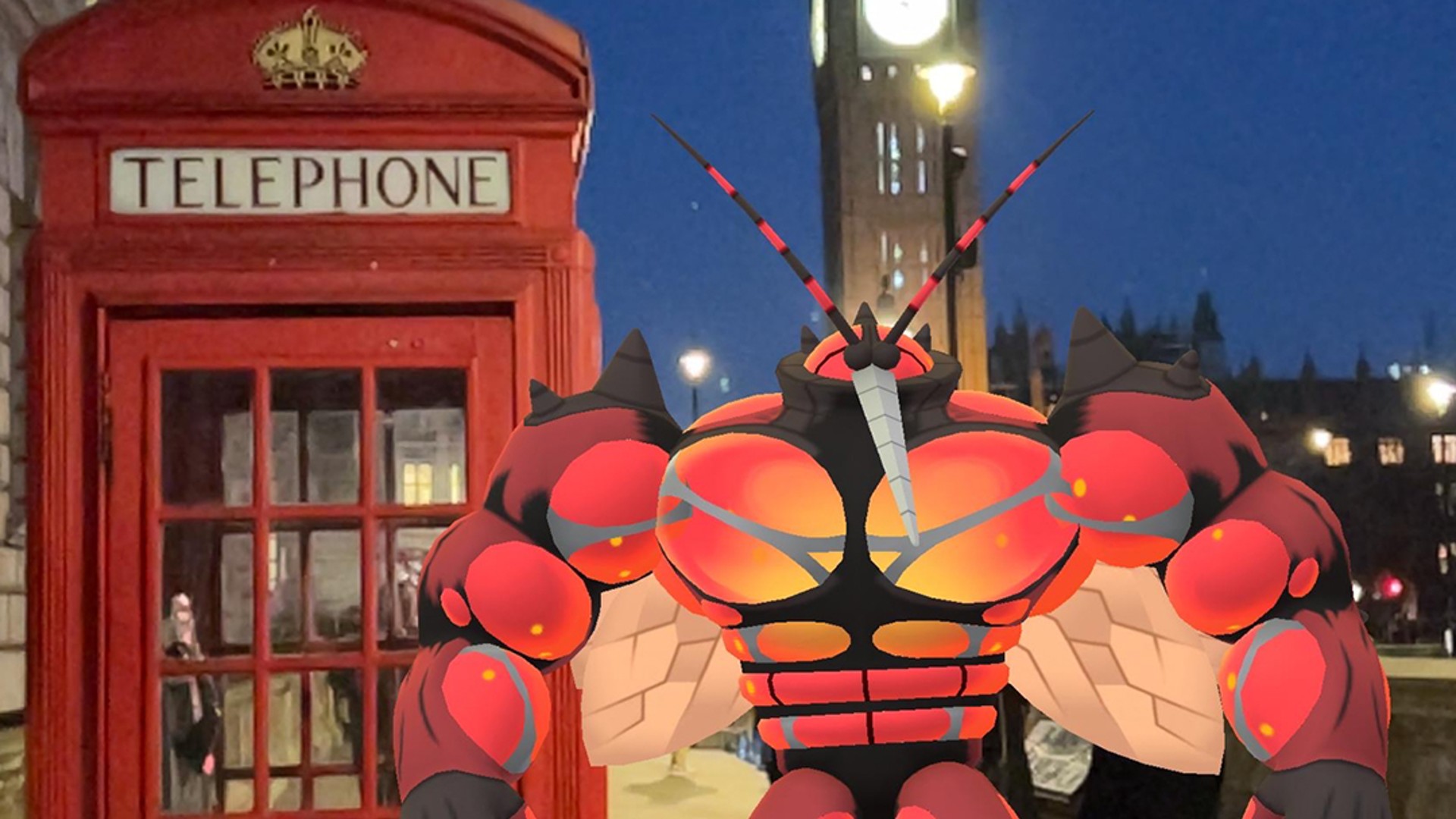
It's a typically drizzly late autumn evening in London, and over a thousand people are queuing – in quintessentially British fashion – to get onto a terrace at Somerset House, on the bank of the River Thames. Half a world away, at The Ovation in Los Angeles, another cohort is also gathering, albeit in, one would assume, much better weather. At both locations, something otherworldly is happening – powerful creatures from another dimension are breaking through into our reality, and only a dedicated group of Pokemon Trainers can hold back their invasion.
Yes, it's a Pokemon Go event, but one of a slightly different nature than previous fan gatherings. Dubbed the "Ultra Beast Arrival", not only does it mark the first time that all seven of the original Ultra Beasts – alternate reality creatures such as Nihilego and Buzzwole, first introduced in 2016's Pokemon Sun and Moon on the Nintendo 3DS – have been catchable in Go at once, but it's an attempt to evolve the storytelling potential of the game.
"We have done really big tent pole events [before]," Dominik Schönleben, Niantic's EMEA community manager for Pokemon Go, tells GamesRadar of the Ultra Beast Arrival, "[but] we have been trying to do something that was a little bit smaller, giving regional communities an ability to participate."
Go outside
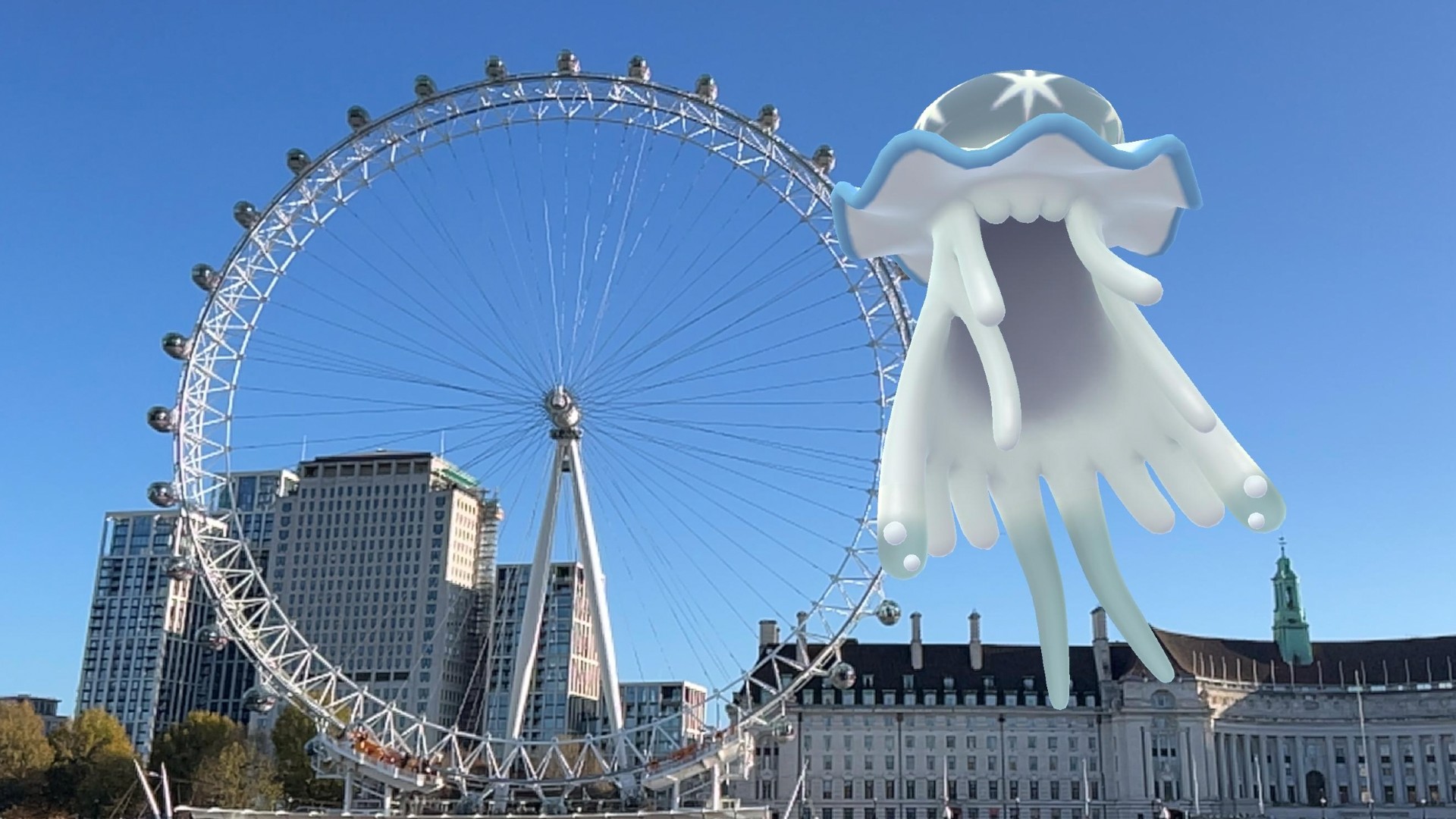
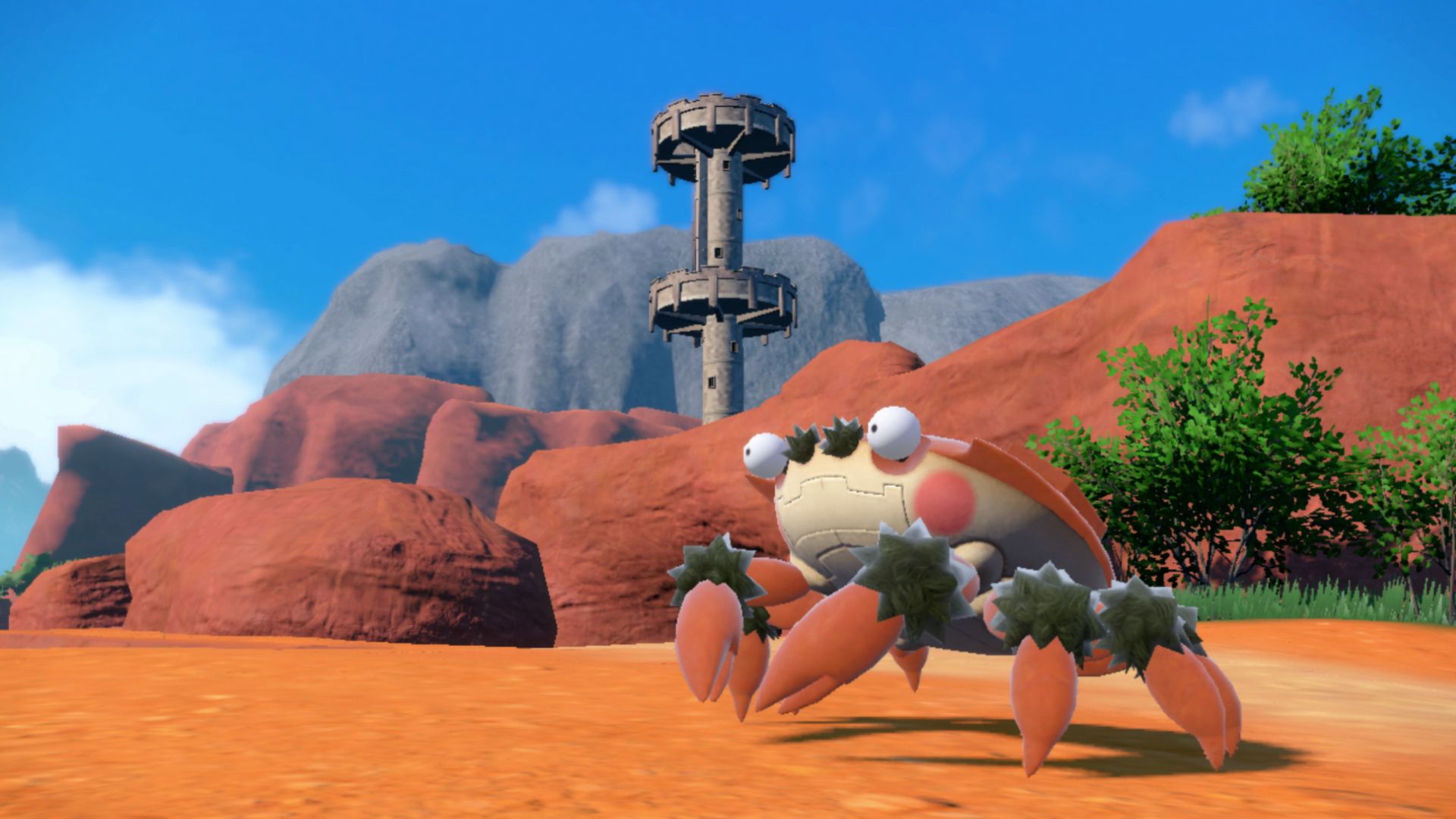
As we finally pass 1,000 Pokemon, fans remember the creatures that the series forgot
While previous Pokemon Go events have leaned into the loose lore of the mobile game, such as always referring to players as if they were real-like Pokemon trainers, developer Niantic turned the Ultra Beast Arrival into more of a live-action role-playing experience. Rather than simply offering an on-site location where players could approach Pokemon gyms and enter Raid Battles with whichever monster they fancied, there were real-time countdowns to the emergence of each Ultra Beast, with each one in turn trying to shatter the walls of existence over a tight 90-minute experience.
The approach meant each one felt like a major threat to be dealt with, rather than just the latest Legendary-level Pokemon to add to your Pokedex. Coupled with the Ultra Beast encounter music from Sun and Moon playing as each appeared (a reminder of how much of a banger that piece is), the spotlight creature being projected onto the venues as they appeared, and real-world replicas of PokeStops for players to take photos with, the crowd reacted in kind, excitedly tackling each Ultra Beast before a show-stopping finale where all of the creatures reappeared once more.
While the Ultra Beasts started cropping up in regular gym raids for players across the globe a day later, for Niantic, the spotlight events in London and LA marked a new way of bringing in-person events to GO players. And although some of those bigger events – notably the Worlds Championships – have returned in the wake of the tightest COVID restrictions, Niantic has increased its focus on smaller-scale, more community oriented gatherings. While some have been mid-scale, like the weekend's spotlight Arrivals, part of the effort has been in enticing players back to the game at local levels as pandemic restrictions have been lifted in many countries. Partly, this has involved outreach efforts such as the community ambassador program, which helps local players host outdoor gatherings, but also includes getting people back out to play the game in the first place.
"That's really been the focus for us [as we look towards a] post-pandemic phase, and moving into 2023, that we are really trying to support local communities more," says Schönleben. "I think after such a long time, [people] kind of changed their habits, and so we kind of have to remind people about this kind of experience and bring them back and motivate them to get back into these experiences."
Sign up to the GamesRadar+ Newsletter
Weekly digests, tales from the communities you love, and more
Creatures of habit
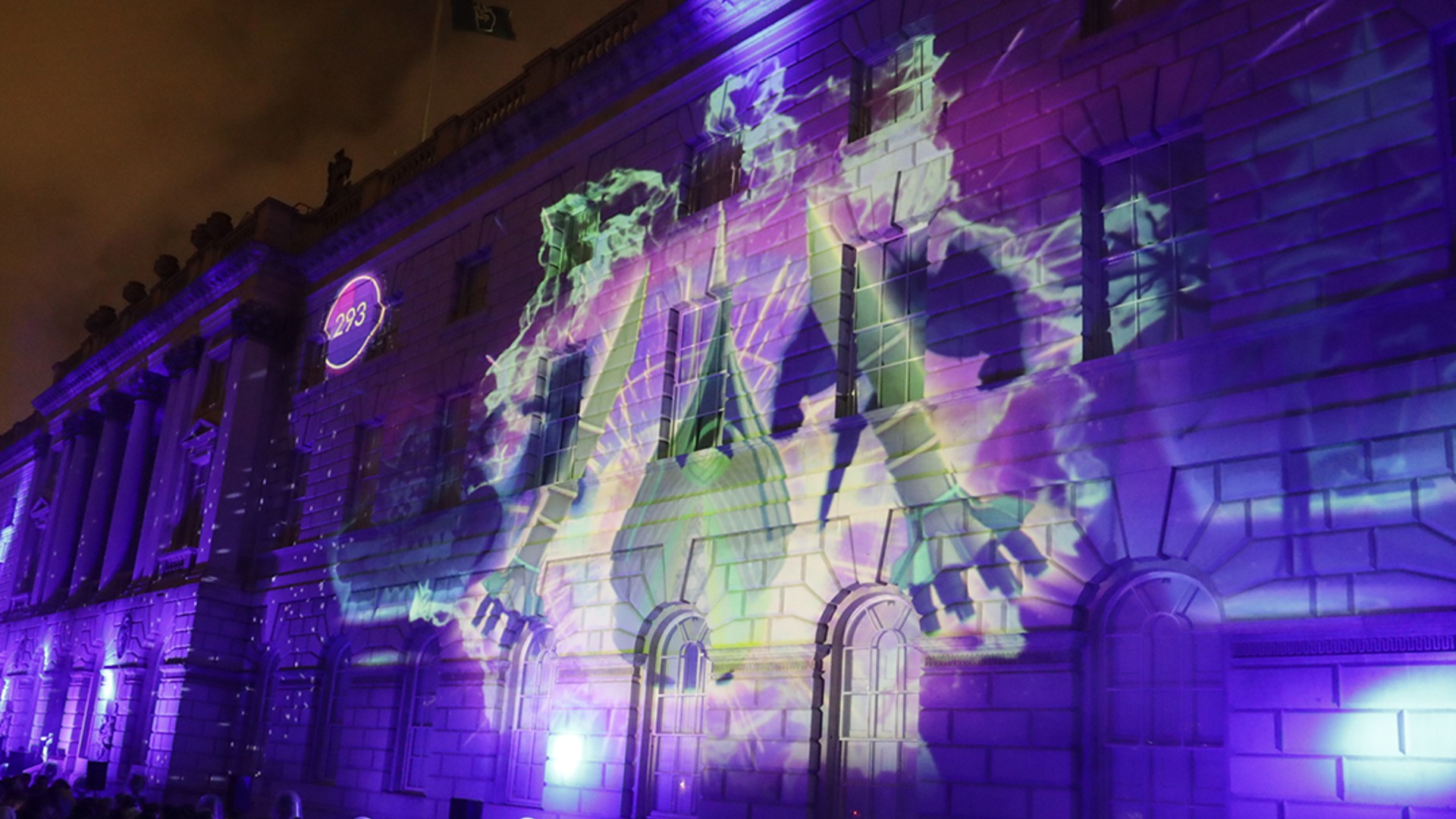
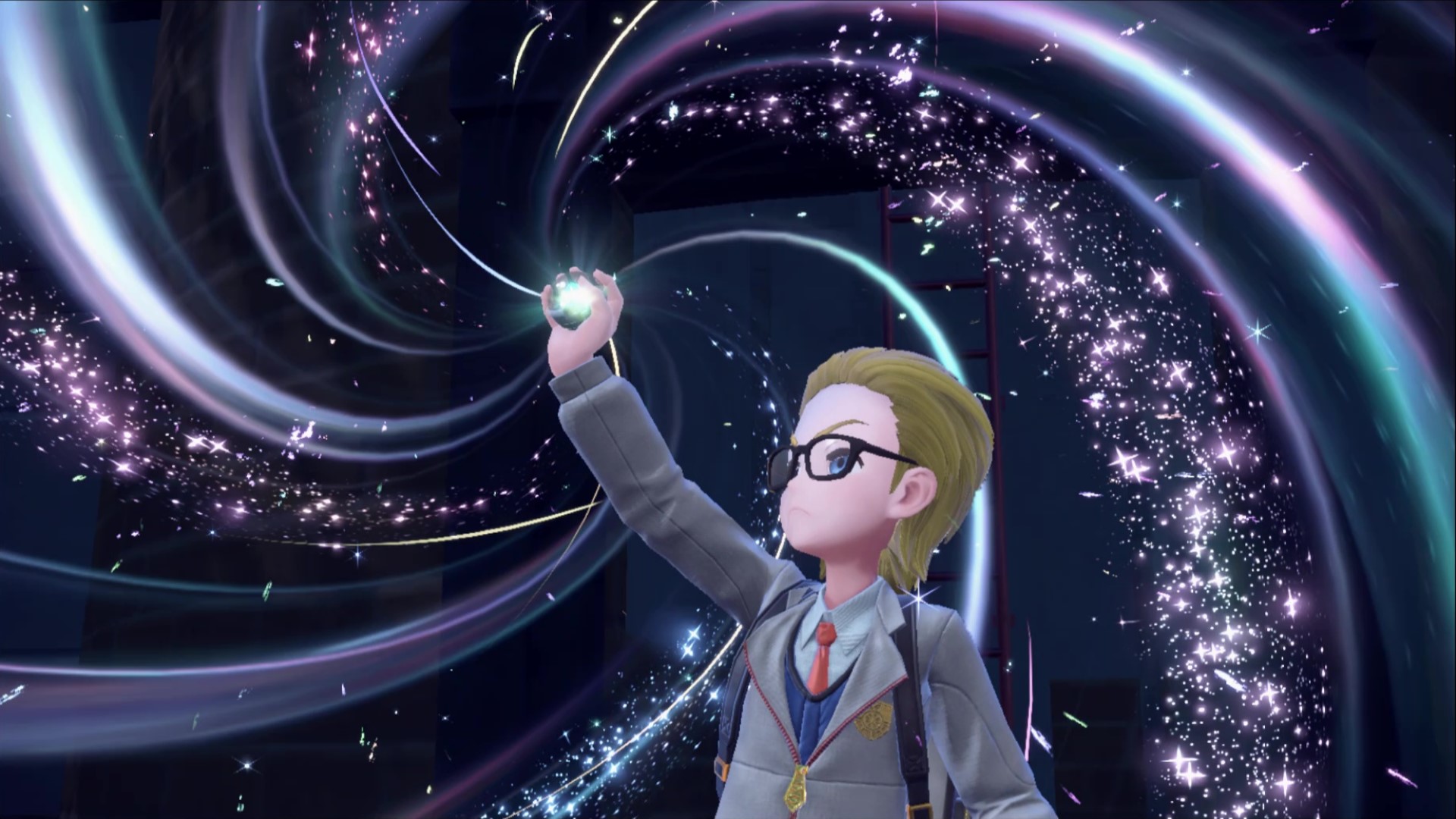
Pokemon Scarlet and Violet gave us what we wanted – and it turns out we were wrong
Those altered habits mean Niantic is also facing a battle over how it wants players to approach the game – entirely outdoors, incentivising players to explore on foot and make new friends to tackle raids – and how players themselves have come to appreciate the game since 2020. It's a fight Niantic sometimes loses, such as when it was forced to U-turn on rolling back the extended distance at which players could interact with PokeStops and gyms to pre-pandemic levels, ultimately keeping it at the 80-metre radius it had put in place during an age of universal social distancing.
"Pokemon Go was originally designed with a specific mission in mind, and part of that was to set it apart from all the other amazing Pokemon games that are out there," says Kathy Woo, the game's Live Ops Producer at Niantic. "The pandemic has been really difficult for everyone around the world, and for us, we [had to] adapt a game that was originally designed to get people outside, making those real world social interactions, during a time when people couldn't do that. That was of course a challenge. Trainer safety is absolutely a priority for us – we had to pivot a lot of our planned events and whatnot. But as the pandemic continued, the player base also changed a lot."
However, other changes implemented during the height of COVID that proved popular with fans, such as a free weekly Remote Raid pass, have not only been stripped from the game, but the ability to take part in raids from afar has been curtailed. Players could previously buy Remote Raid passes for 100 in-game coins each, or a bundle of three for 250. Now, that same bundle is 300 coins, removing the discount entirely. Sadly, while players returning to the outdoor game may have forced Niantic to back down to spin distance, no amount of fan complaints seems likely to bring easy remote raids back.
"It's definitely a challenge to balance that community feedback and what we want the game to be [but] in the end, there are so many other great Pokemon games," says Woo. "Truly, I'm a big fan of so many that let you play from your home, [but] Pokemon Go, we try to really set it apart. It really is that game that you play when you're running errands or [go for] a run and want to hatch a bunch of eggs. [We] want you to encourage your fitness or [...] be social with your friends. We think that's what makes Pokemon Go really unique in the ecosystem of not only Pokemon games, but really mobile games in general."
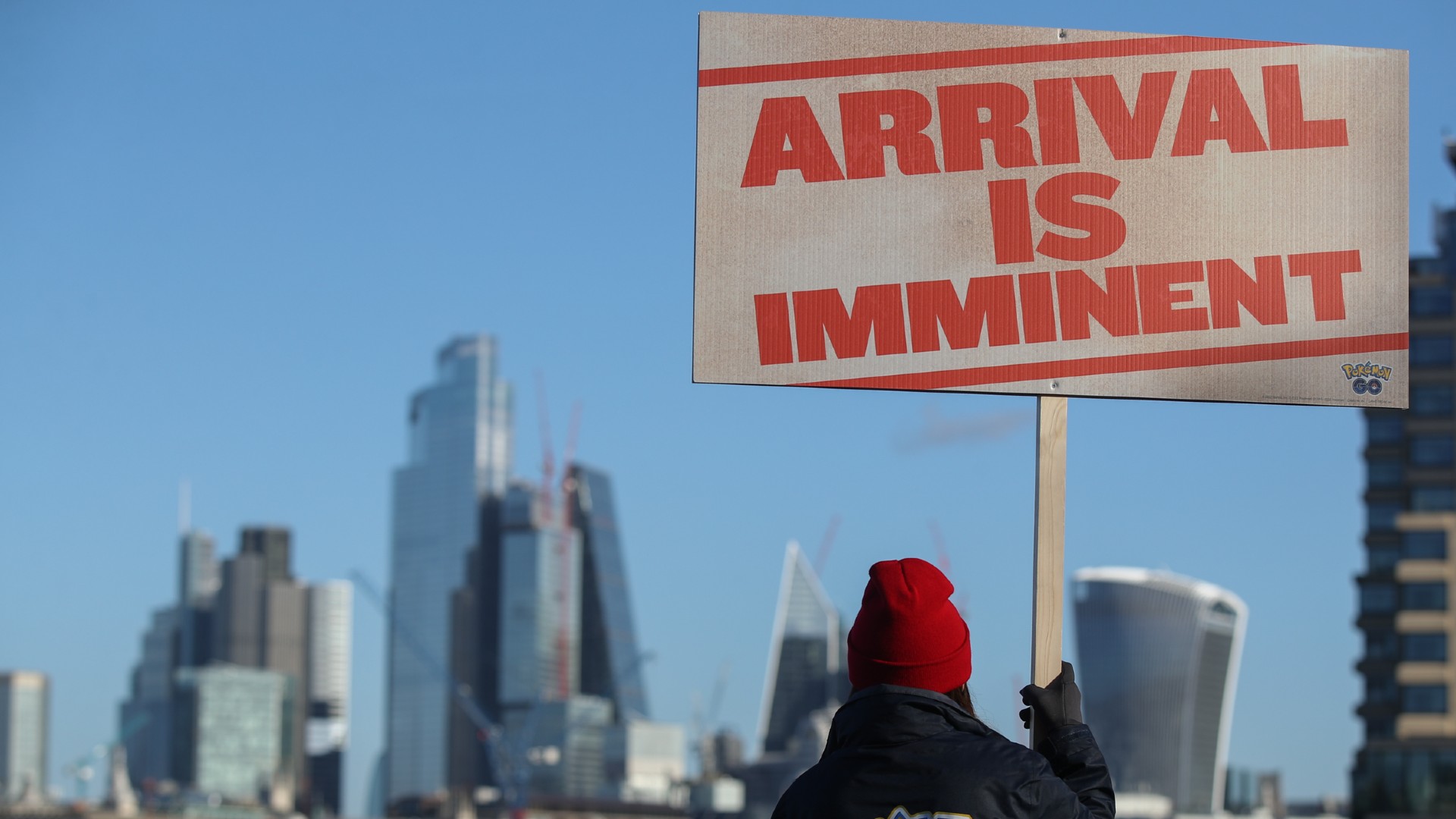
Those core Pokemon games still impact GO, although increasingly in the narrative sense rather than in the gameplay mechanics. The Ultra Beast Arrival itself was something of a 'season finale' to Pokemon Go 's "Season of Light" story arc, a three-month long in-game event that adapted other elements of Sun and Moon's story, notably the appearance of the Nebula Pokemon, Cosmog, and its Legendary evolutions, Solgaleo and Lunala. "Season of Light" also built on a nearly year-long endeavour that kicked off in March 2022, bringing the Pokemon of the Alola region to the mobile game en masse.
But where Sun and Moon had one of Pokemon's deepest stories to date, offering Niantic rich material such as parallel realities, shadowy research organisations, and totemic island guardians to work into GO's meta, other core entries fall flatter on the narrative front. Do certain generations prove tougher to adapt into the mobile version?
"I truly believe that every Pokemon generation has strengths," says Woo. "I was the seasonal producer on the [March 2022] season that focused on the Alola region, and to be honest, my appreciation of Sun and Moon has increased tremendously, just from learning and working with it. I'm confident that we can find great experiences in other generations as well."
Go-ing forward
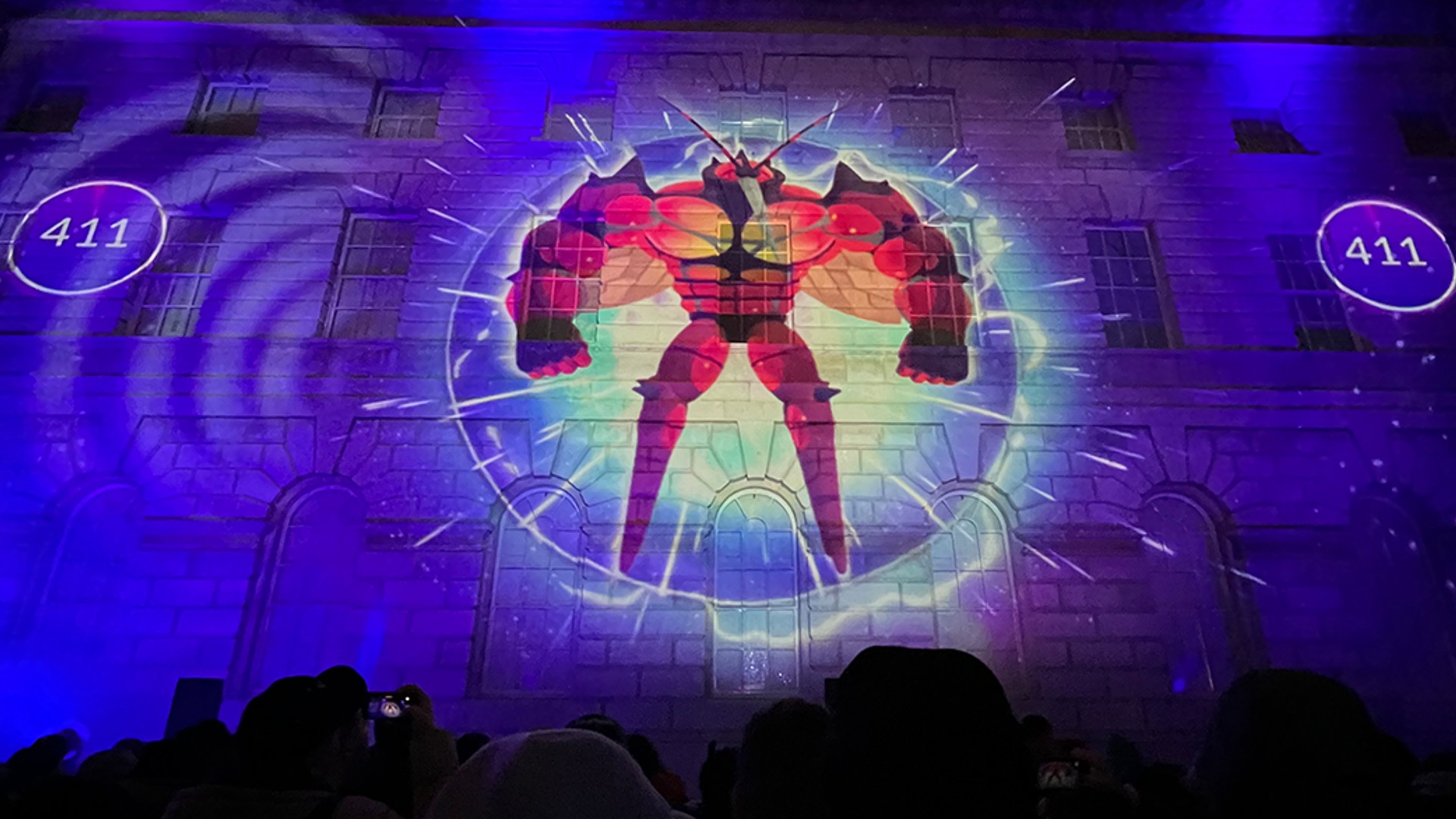
"I think it's on us to create something enticing to players in Pokemon Go, no matter which Pokemon that we're featuring."
While Pokemon Go is taking something of a breather from the world shaking appearance of Ultra Beasts over the northern hemisphere's winter months – the "Mythical Wishes" season has just started, which Woo says is about "making wishes and hoping that they come true, especially during the upcoming holidays", and will see Mythical Pokemon Keldeo making its GO debut – the future actually sees the game looking to the past. A spotlight on Pokemon Ruby and Sapphire's Hoenn region is next, with events introducing Mega Evolved forms of that generation's Sceptile, Blaziken, and Swampert, all leading up to another in-person event in Las Vegas in February 2023. To Woo, it's the perfect example of every Pokemon generation having something to offer GO.
"Going toward Hoenn is a great example – we're going several generations back to Pokemon originally discovered in the Hoenn region, and for a lot of people that's maybe getting a little bit old," Woo says. "But I think it's on us to create something enticing to players in Pokemon Go, no matter which Pokemon that we're featuring."
Going forward, Pokemon Go still has material to mine from the Alola Region – not least the 'second' wave Ultra Beasts introduced in Ultra Sun and Ultra Moon – while fans are hopeful the new Hoenn focus might finally see Kecleon, the last creature of that generation, finally added to the game. While neither Woo nor Schönleben would comment on when players might see any of those arrivals, it's clear that as long as there's not a pandemic preventing it, the game's focus is once again firmly on the real world, in-person experience.
As Schönleben says: "The pandemic has confirmed to us something that we always strongly believed – that these live events are bringing people together in the real world for an experience is a core part of what Pokemon Go is."
Here are 10 games like Pokemon for the discerning trainer
Matt Kamen is a freelance journalist specialising in games, media, and technology. His work can be found online and in print for publications like Empire, Wired, GamesRadar, Newsarama, The Observer, and more.


